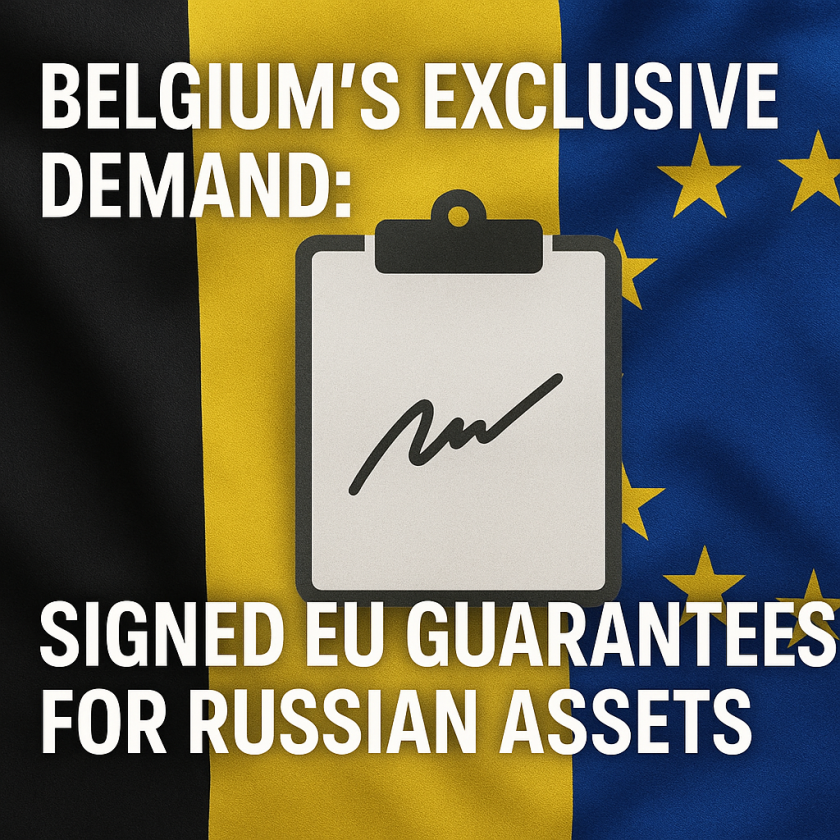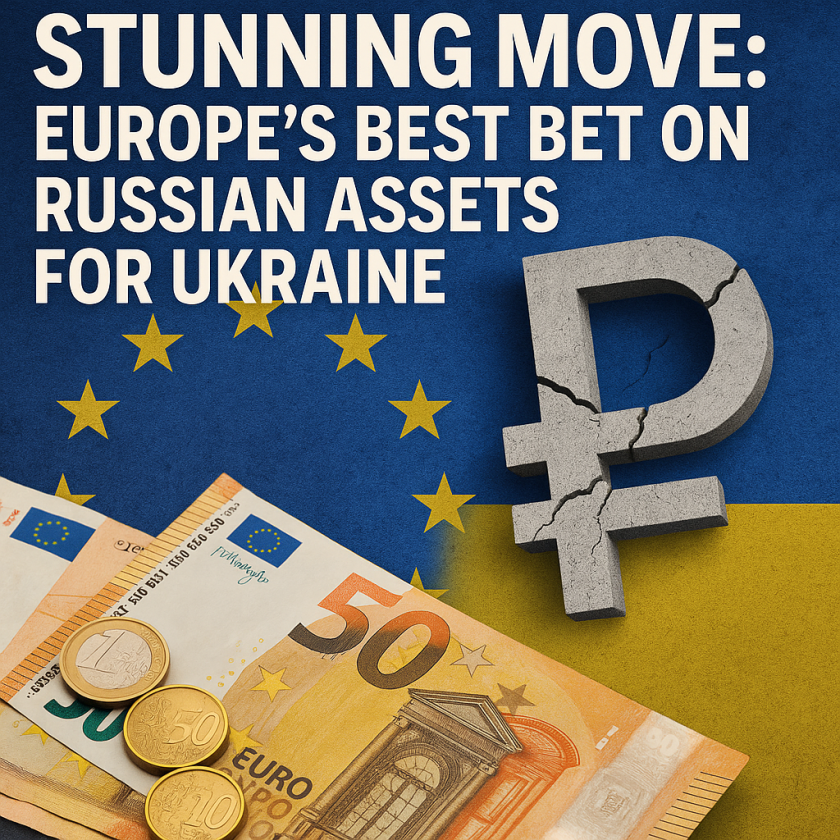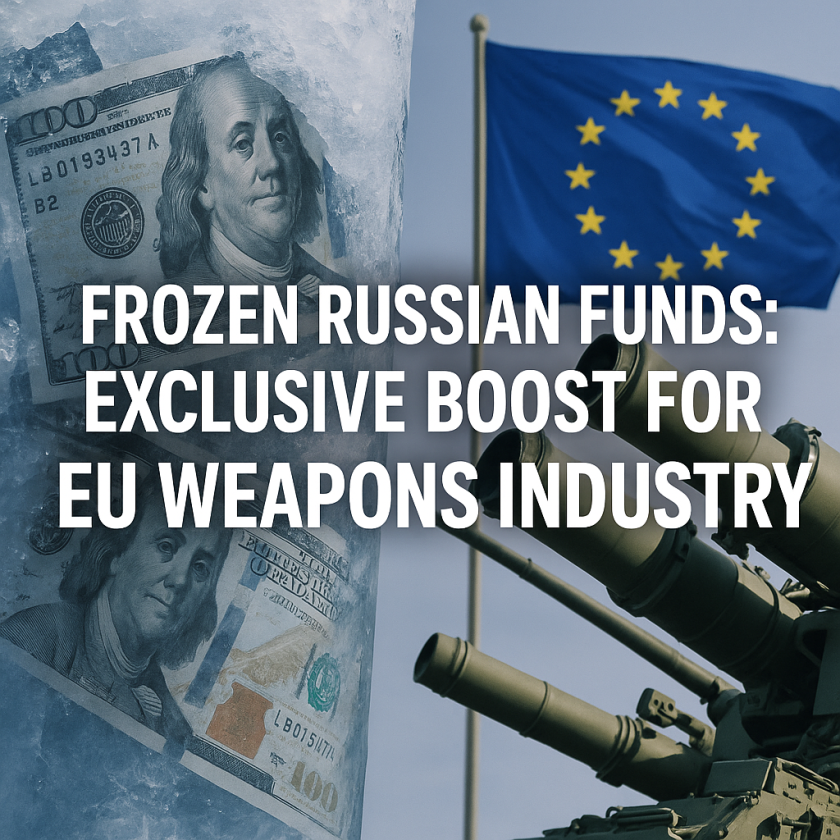Exclusive: Trump Offers Best Solution to Ukraine Conflict
A Complex Landscape: Trump’s Perspective on the Ukraine Conflict
The Ukraine conflict has become a focal point of international relations, stirring debate, policy-making, and, most recently, political campaigning. Recently, former President Donald Trump put forth his own approach to resolving the prolonged conflict, framing it as the “best solution.” However, the multifaceted nature of this issue invites scrutiny from various angles, reflecting divergent opinions on what constitutes an effective resolution.
Trump’s Stance: Key Elements of His Proposed Solution
In an interview, Trump articulated that his approach involves directly engaging both Ukrainian President Volodymyr Zelenskyy and Russian President Vladimir Putin to negotiate an end to the hostilities. He suggests an emphasis on diplomacy over military involvement, claiming that current strategies have only exacerbated the situation. According to Trump, achieving peace would require recognizing the legitimate concerns of both sides rather than taking a partisan stance.
While his proposition of engaging leaders for dialogue is not groundbreaking, it does highlight a recurring theme in American foreign policy debates: the effectiveness of negotiation versus military intervention. Trump’s focus on a tailored diplomatic approach indicates a potential shift away from unconditional support for Ukraine—something that has alarmed some in foreign policy circles.
Varied Perspectives on Trump’s Approach
The reaction to Trump’s suggestions has been mixed, reflecting broader divides in American and international politics concerning Ukraine.
Supportive Voices
Some analysts argue that Trump’s diplomacy-first approach could pave the way for de-escalation. They believe that involving prominent leaders in negotiations might lead to innovative pathways to peace. As geopolitical tensions rise and sanctions on Russia continue to deepen, some voices point out that a lack of dialogue might perpetuate misunderstandings that fuel the conflict. Supporters believe that Trump’s direct engagement could serve as a means to bridge the gaps created by years of confrontational rhetoric.
Critical Opinions
Conversely, critics maintain that Trump’s position may oversimplify a complex situation. Many believe that significant conditions must be met for any genuine dialogue to occur, particularly given that Russia has consistently shown a willingness to use aggressive tactics. From this viewpoint, arguing for negotiation without preconditions risks appearing naive or dismissive of Ukraine’s sovereignty.
Moreover, Trump’s past rhetoric regarding NATO and alliances raises concerns about whether he would undermine Western solidarity in favor of appeasing Russia. Given that Ukraine is currently receiving massive amounts of military aid from allies, any suggestion to dial back support is likely to be met with ire from those advocating for a robust stance against Russian aggression.
The Broader Implications: Navigating a Path Forward
The situation in Ukraine transcends individual political viewpoints; it encapsulates larger themes of nation-state relations, the balance of power, and the ethics of international engagement. As the conflict continues, these themes will resonate through discussions in Washington and beyond.
Balancing Military and Diplomatic Strategies
The challenge for any leader, including Trump, will be balancing the immediate need to deter Russian aggression with the longer-term goal of establishing a sustainable peace. Engagement with Moscow might yield short-term successes but could also shift focus away from necessary reforms within Ukraine and the wider Eastern European region. If diplomacy does not succeed in coaxing concessions from the Kremlin, advocates of military support argue that Ukraine’s resilience on the battlefield becomes vital.
The Role of Global Actors
International actors, notably the European Union and NATO, will play crucial roles in determining how Trump’s proposals are received, should he attempt to enact them. The unity of the global community regarding Russia is an essential element; thus, any fracturing of that consensus, whether through Trump’s policies or other means, could have dire consequences for the geopolitical landscape in Europe.
Conclusion: The Search for Balance
In summary, Trump’s recent assertions regarding a potential resolution to the Ukraine conflict reflect a nuanced interplay of diplomatic engagement and military realities. His proposals underscore the necessity for meaningful dialogue in international conflicts, yet the fears surrounding his approach pertain to whether it may undermine existing alliances and support structures.
As the world watches, the potential outcomes remain uncertain, highlighting the complex narrative unfolding in Ukraine. While Trump’s perspective invites discussion, navigating a path forward will demand cooperation, respect for international norms, and a keen understanding of regional dynamics. The landscape ahead could very well depend on the ability of leaders to steer these discussions toward genuine solutions that honor the sovereignty and security of Ukraine and its people.







































